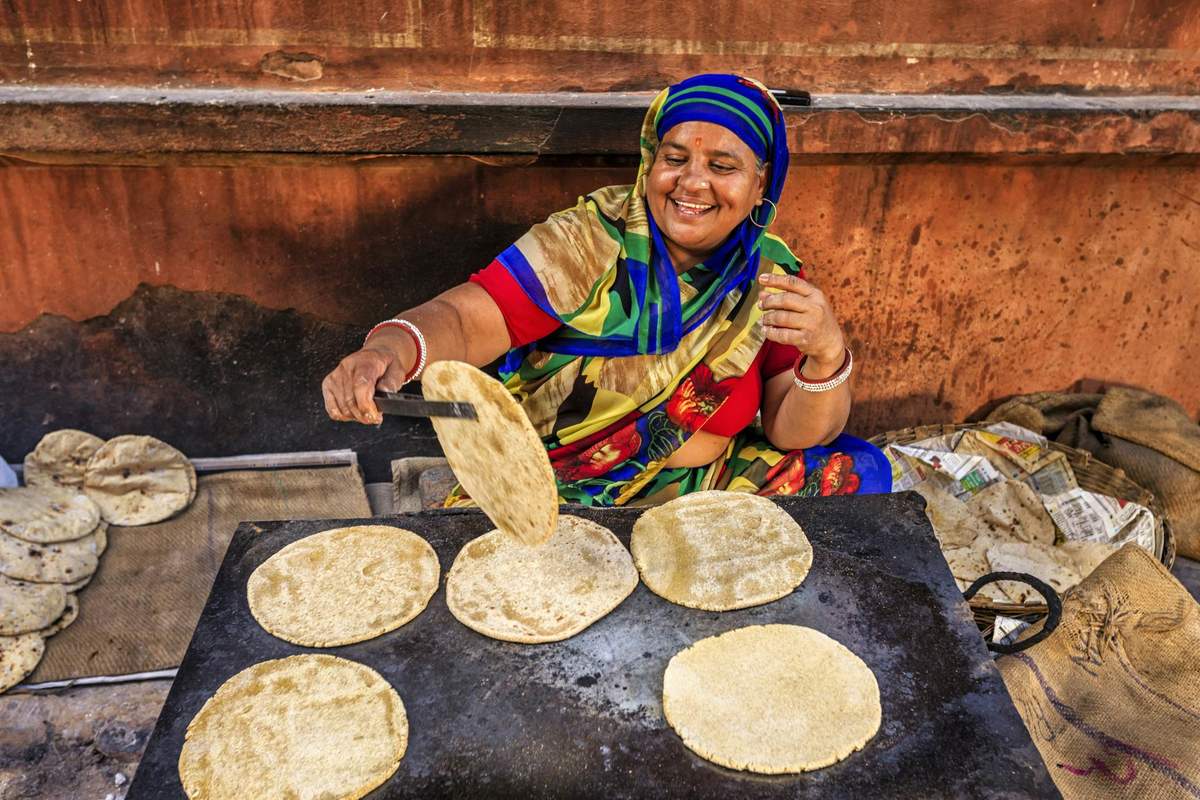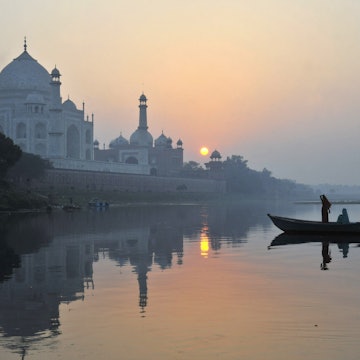
Overview
There are few states more quintessentially Indian than Uttar Pradesh. The subcontinent's historic and religious roots – Hindu, Buddhist, Islamic and secular – intertwine in this land of sacred rivers and vast plains, manifesting in sights of profound importance.
Leave the planning to a local expert
Experience the real Uttar Pradesh. Let a local expert handle the planning for you.
Must-see attractions
Get a book. Get inspired. Get exploring.
in partnership with getyourguide























